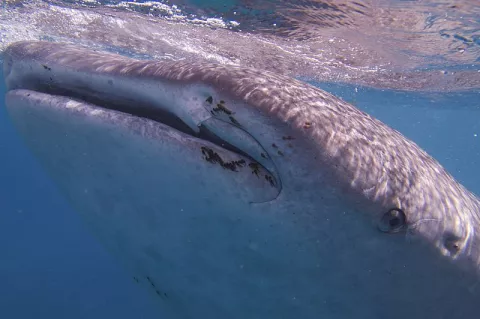WW2 aircraft wreckage found on Great Barrier Reef
The wreckage was first discovered 56km south of Cairns in 35m of water by Cairns diver Kevin Coombs in 2013, but weather and planning challenges delayed the final dives to complete the investigation.
The A24-25 was part of a task force flying long‑range missions against Japanese shipping and submarines during World War Two. On 28 February 1943, Catalina A24-25 and its 11 aircrew were on a 17-hour mission to provide anti-submarine cover to a convoy heading for Milne Bay in Papua New Guinea.















